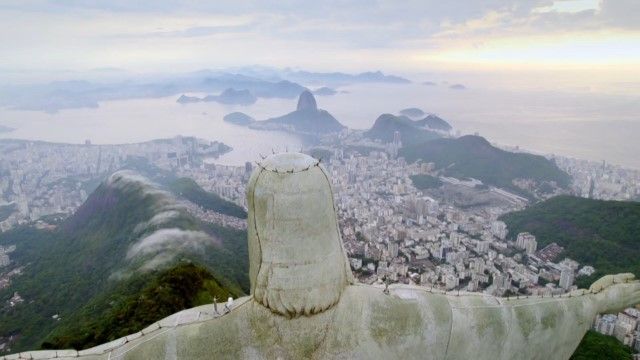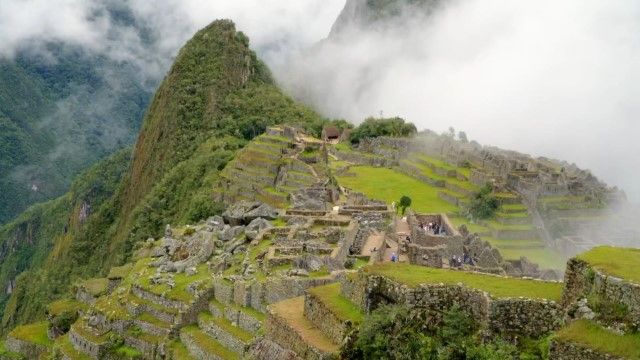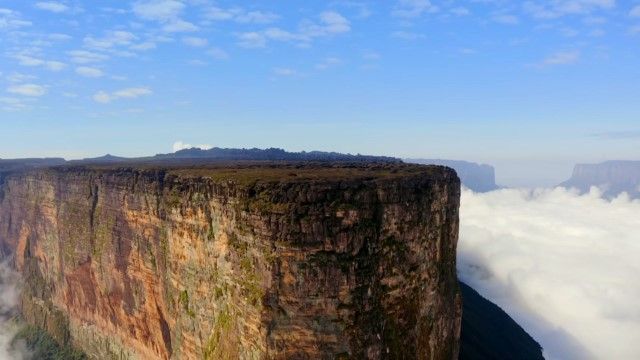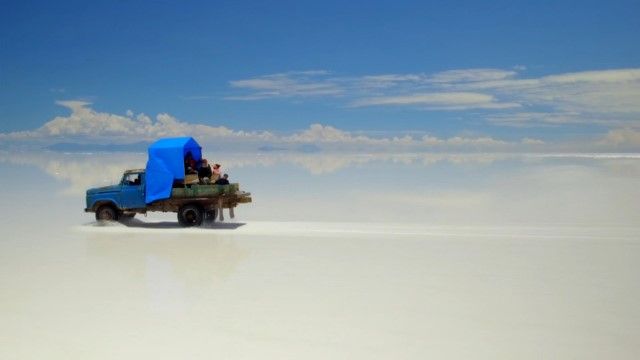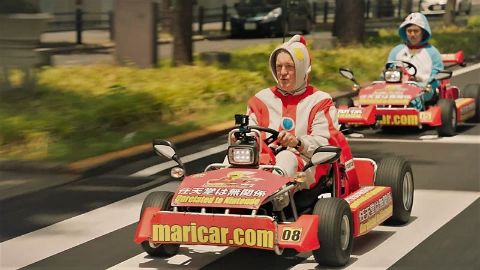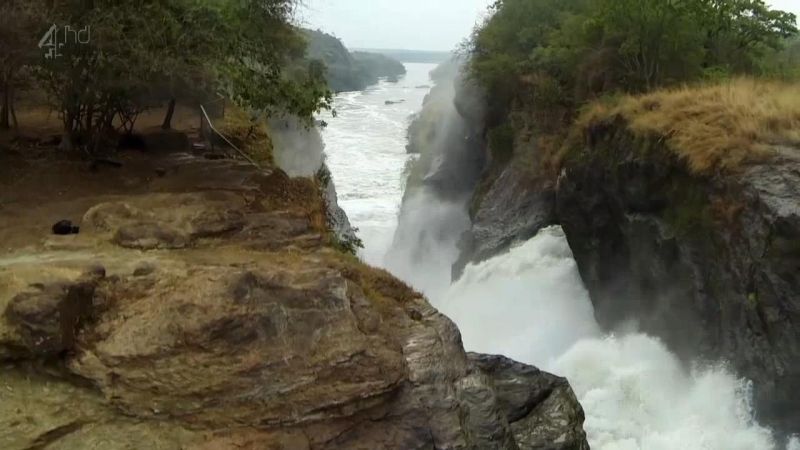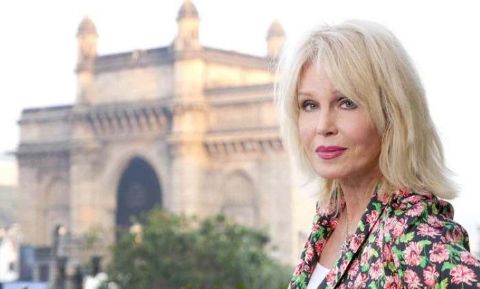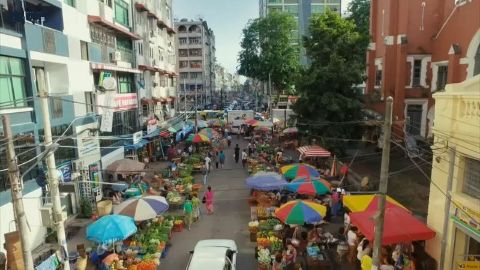Venezuela to French Guiana • 2022 • episode "S1E1" • Simon Reeve's South America
Simon sets off on a journey through the continent, beginning in the remote and little-visited north-east. In Venezuela, Simon meets some of the thousands of migrants fleeing the economic collapse of their country, while he learns that neighbouring Guyana could be on the verge of its own oil boom. He also meets a gun-toting former warlord who is now one of Suriname's most successful businessmen, and ends his journey in French Guiana, where he goes to the launch site of the European Space Agency.
Make a donation
Buy a brother a hot coffee? Or a cold beer?
Hope you're finding these documentaries fascinating and eye-opening. It's just me, working hard behind the scenes to bring you this enriching content.
Running and maintaining a website like this takes time and resources. That's why I'm reaching out to you. If you appreciate what I do and would like to support my efforts, would you consider "buying me a coffee"?
Donation addresses
BTC: bc1q8ldskxh4x9qnddhcrgcun8rtvddeldm2a07r2v
ETH: 0x5CCAAA1afc5c5D814129d99277dDb5A979672116
With your donation through , you can show your appreciation and help me keep this project going. Every contribution, no matter how small, makes a significant impact. It goes directly towards covering server costs.

